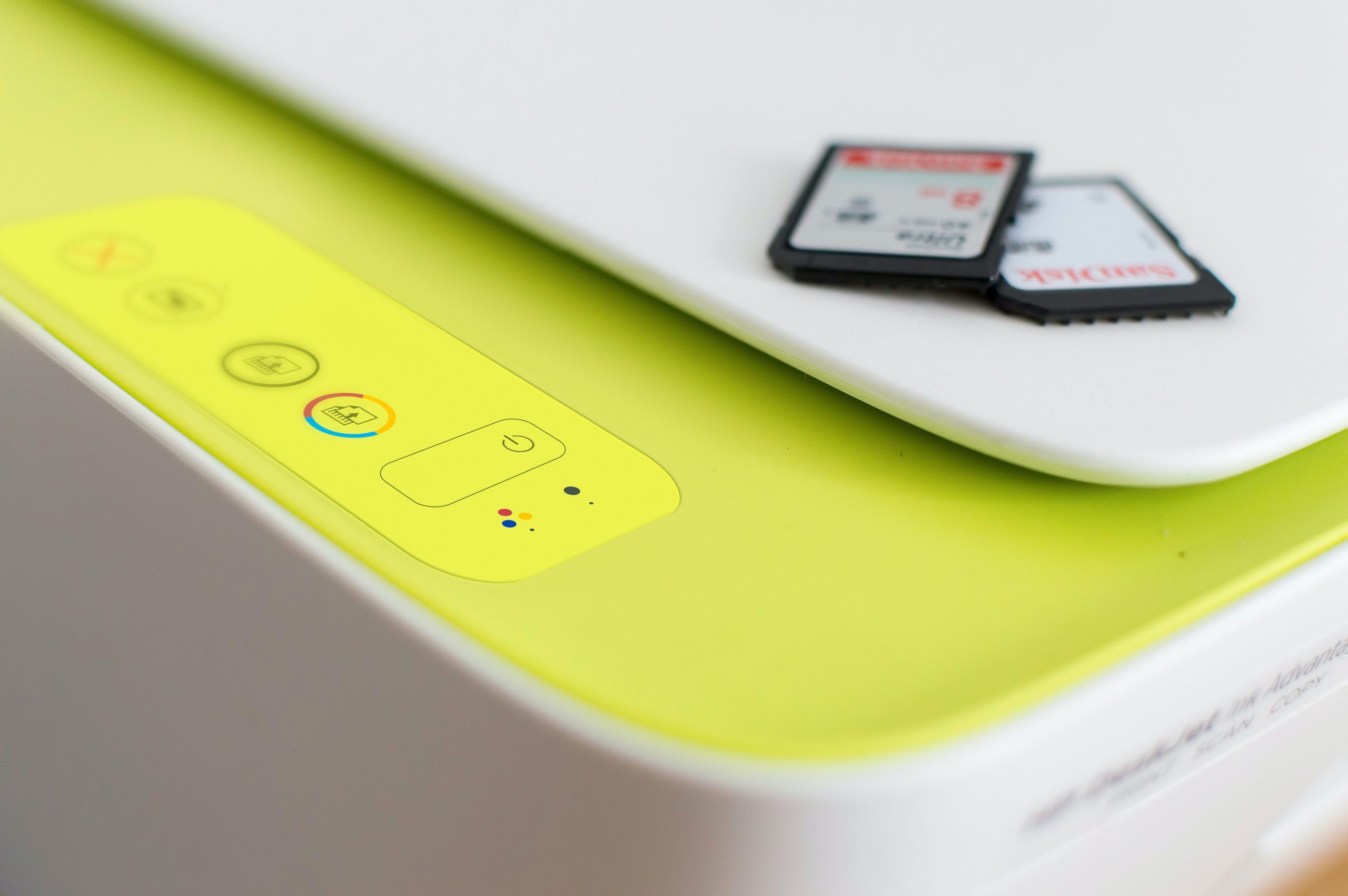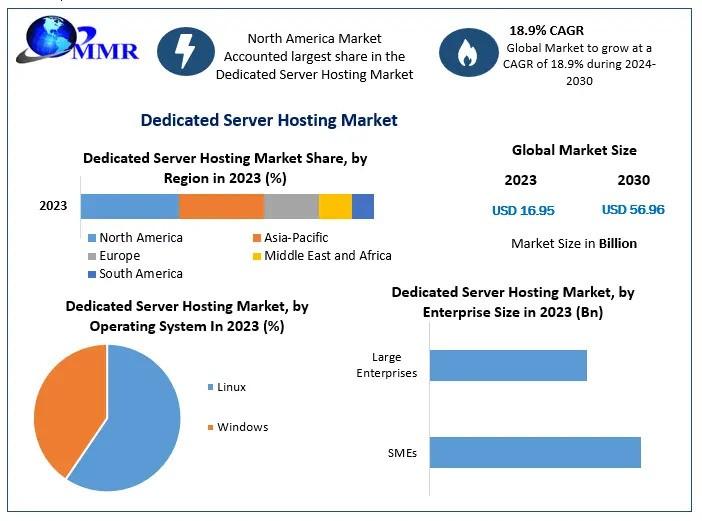
A print server is a central point for organizing print requests from all devices on a network and allocating them to the relevant printers. It smoothly interconnects several PCs to a shared pool of printers by removing the need for separate connections and streamlining the printing process.
It is important to comprehend the purpose and features of a print server if you want to improve your company’s printing capabilities and make the best use of its resources. This article explains the need for print servers and thoroughly explains their features, functions, issues, and advantages.
Featured Partners: Network Access Control (NAC) Software
What is a print server?
A print server is a piece of equipment that establishes a network connection between several printers. Rather than directly attaching each printer to a particular computer, users can send printing jobs to the print server, which will then distribute them to the relevant printer. This simplifies connectivity, optimizes bandwidth, and reduces bottlenecks by ensuring that each print job is sent to the right printer at the right time.
Print servers essentially boil down to two types: wireless and wired.
- Wireless print servers use Wi-Fi to connect computers, servers, and other devices on a local area network (LAN).
- Wired print servers connect printer and compute devices on a network by linking directly to a router via an Ethernet cable.
It is also worth noting that, as processors and wireless technology have grown in sophistication, many print server tasks that formerly required a dedicated server are now simply handled by one or more networked computers, or even integrated into Wi-Fi printers themselves. In large enterprises or dispersed campuses, though, a dedicated print server is often still necessary.
Why do I need a print server?
A print server is the main hub for organizing and allocating print tasks to various printers in a networked environment. It simplifies and increases the efficiency of the printing process by doing away with the requirement for a direct connection between each computer and each printer. The following are strong arguments in favor of using a print server:
- Centralized printer management: By combining operations like driver installation, printer configuration, and maintenance into one place, a print server makes printer management easier. This centralized method guarantees uniform printer settings throughout the network and lessens the workload for IT personnel.
- Enhanced print job efficiency: By prioritizing print jobs according to user or department needs, print servers queue up and streamline the processing of print jobs.This helps avoid printer overload, and ensures urgent documents are printed on time.
- Enhanced security: In addition to being protected under the network firewall, print servers can impose secure printing policies such as demanding job release codes or PIN authentication to stop unwanted access to private data. In addition to preventing illegal printing, this secures sensitive information.
- Cost-effective solution: Print servers provide an affordable option for companies and organizations with several printers. Print servers can reduce total IT expenditures by centralizing printer administration and eliminating the need for several direct connections.
- Scalability and flexibility: Print servers can expand with a company as needed. It’s relatively easy to add more devices to the print server to accommodate the extra burden as the number of users or printers grows.
How do print servers work?
Print servers are software or hardware that uses a network to link computers and printers. By receiving printing jobs from computers and forwarding them to the appropriate printer, they serve as a go-between for computers and printers. They accomplish this by locally storing and queuing print requests to prevent overtaxing a busy printing device.
At its most basic, here is how a print server works:
- The user submits a print job: The user selects the printer they wish to print and clicks the “Print” button. In more advanced configurations, they may simply select the server itself.
- The print server receives the print job: The print job is transmitted across the network from the user’s PC to the print server, which selects the appropriate printer and adds it to the printer’s queue.
- The print server awaits the printer’s availability: The print server monitors the condition of all available printers and forwards the task to the chosen printer when it becomes available.
- The printer prints the job: After receiving the print job, the printer produces the document.
Print server maintenance is crucial for optimal performance and longevity. Regular software updates, disk space monitoring, print queue management, printer status monitoring, preventive maintenance, security measures, backups, and documentation are essential for a reliable printing experience.
What is print server software?
Print server software is a program that enables a computer to function as a print server. It manages print jobs, distributes them to network printers, and monitors the status of printers. Print server software can be either included with the operating system or purchased as a separate product.
Many different types of print server software are available, each with its own set of features. Some of the most common features include:
- Print job queuing and management.
- Printer status monitoring.
- Job accounting.
- Secure printing.
Print server software can be valuable for businesses and organizations with multiple network printers, but without the level of large, complex network infrastructure that demands a dedicated printer. It can help to improve print job efficiency, reduce IT costs, and increase security.
Printing protocols
A set of guidelines and conventions known as printing protocols control how computers and printers communicate. They are necessary to guarantee accurate transmission and reception of print jobs.
Although several printing protocols are in use today, the most widely used ones are:
- Line Printer Remote (LPR): An outdated protocol called LPR was first created for Unix systems. Even now, many people still use this straightforward protocol. LPR operates by sending the complete print job to the printer at once. Thus, LPR may be sluggish, particularly for assignments requiring high volume.
- Internet Printing Protocol (IPP): A more recent protocol built on HTTP is called IPP. Although it is a more complicated protocol than LPR, it has several benefits, such as the ability to monitor and cancel jobs. IPP is gaining popularity and is the recommended protocol for new printers.
- Server Message Block/Common Internet File System (SMB/CIFS): On Windows networks, printing is possible via the network file-sharing protocol SMB/CIFS. Although SMB/CIFS is a straightforward and user-friendly protocol, it lacks the strength of LPR or IPP.
- JetDirect: HP created the proprietary protocol known as JetDirect. While it is not as extensively supported as LPR or IPP, it is a common protocol for HP printers.
- TCP/IP: The most widely used network protocol worldwide is TCP/IP. It is employed for a huge array of network tasks, only one of which is printing. TCP/IP is a dependable protocol for printing across both wired and wireless networks.
Here is a closer look at some of the advantages and disadvantages of each protocol:
| Protocol | Description | Advantages | Disadvantages |
|---|---|---|---|
| LPR | Simple protocol that is still widely used. | Easy to use. | Slow for large print jobs. |
| IPP | Newer protocol that offers more features. | Supports job status monitoring and job cancellation. | More complex than LPR. |
| SMB/CIFS | Simple protocol that is easy to use. | Easy to use for Windows networks. | Not as powerful as LPR or IPP. |
| JetDirect | Proprietary protocol that is popular for HP printers. | Fast and reliable. | Not as widely supported as LPR or IPP. |
| TCP/IP | Reliable protocol that can be used to print over both wired and wireless networks. | Widely supported. | More complex than LPR or SMB/CIFS. |
Apart from these widely used protocols, several other specialized printing protocols exist. Usually, these protocols are used for specialized tasks, including printing to large-format printers or mobile devices.
Common issues and troubleshooting
Several typical issues, like printer faults and network issues, can occur when managing print servers. These problems can make printing difficult and frustrate users. Maintaining a seamless and effective printing environment requires quickly identifying and fixing these problems.
Network connectivity
It is important to confirm that the print server is physically connected to the network when experiencing problems with print server network connectivity.
Ensure the print server has a working IP address and is correctly connected to the network. Examine network cables for damage and make sure they are connected securely.
Print job failures
Print job failures can be caused by several things, such as improper printer settings, malformed print data, or insufficient storage space on the print server.
Examine the print queue on the print server to find any failed or delayed print tasks to address print job failures. To make room for new positions and free up resources, terminate stalled jobs.
Print queue handling
It takes effective print queue management to keep printing activities from being delayed. To keep workflow flowing smoothly, keep an eye on the print queue and cancel any stuck or failing tasks.
Security vulnerabilities
Print servers may be vulnerable to security flaws that put confidential data at risk. Update the printer drivers and operating system of the print server with the most recent security updates on a regular basis to protect against security threats. Establish secure passwords to gain access to the network and print server. Always keep your servers protected by firewalls and other security tools.
Bottom line
In modern network printing systems, particularly at larger organizations, print servers are essential for effective print job management, centralized printer control, and increased security. Print servers simplify print processes, lower IT overhead costs, and enable seamless printing across network configurations, whether implemented as specialized hardware appliances or by leveraging software applications.
Simplify management of your server infrastructure with one of the best server management tools, hand-picked and reviewed by our experts.
https://www.serverwatch.com/guides/print-server/






